Home>Home Maintenance>How To Repair A Noisy Ford Dashboard When Ventilation System Is Off
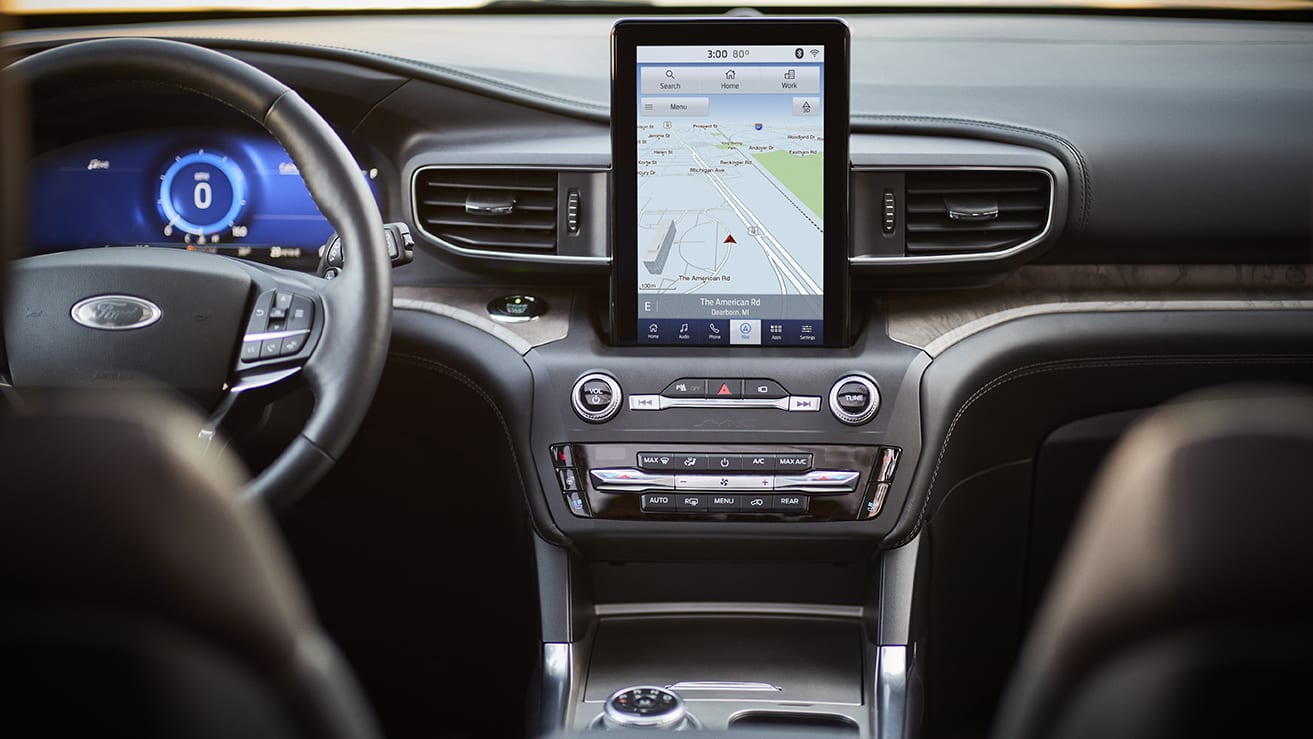

Home Maintenance
How To Repair A Noisy Ford Dashboard When Ventilation System Is Off
Modified: March 6, 2024
Experiencing strange sounds coming from your Ford's dash when the ventilation system is off? Get expert advice and home maintenance tips to resolve the issue.
(Many of the links in this article redirect to a specific reviewed product. Your purchase of these products through affiliate links helps to generate commission for Storables.com, at no extra cost. Learn more)
Introduction
When you turn off the ventilation system in your Ford vehicle, you expect peace and quiet. However, if you’re hearing a sound coming from the dash even when the ventilation system is off, it can be quite frustrating and concerning. This abnormal noise can be a sign of underlying issues in your vehicle’s heating and cooling system.
In this article, we will explore the possible causes of the sound coming from the dash when the ventilation system is off in a Ford vehicle. We will also discuss steps to resolve these issues to restore the quiet and comfort in your vehicle.
It’s important to address this problem promptly, as ignoring it can lead to more significant damage and expensive repairs down the line. Let’s dive in and explore the potential causes and solutions for this irritating dash noise.
Possible Causes of Sound Coming from Dash When Ventilation System is Off
1. Loose or Damaged Ventilation System Components: One possible cause is loose or damaged ventilation system components. This can include loose screws, brackets, or even a broken air duct. When these components are not securely in place, they can vibrate and create a sound that resonates through the dash.
2. Issues with Heater Core: The heater core is responsible for providing warm air when the heating system is active. If the heater core is damaged or worn out, it may produce strange noises, even when the ventilation system is off.
3. Problems with Blend Door Actuator: The blend door actuator controls the direction and temperature of the air flowing through the vents. If the actuator malfunctions, it can produce clicking, tapping, or buzzing sounds.
4. Faulty Control Module: The control module is the brain behind the ventilation system and is responsible for regulating air temperature and air flow. A malfunctioning control module can cause unusual noises even when the system is turned off.
Now that we have identified the potential causes let’s move on to addressing and resolving these issues to restore the quiet and comfort in your Ford vehicle.
Key Takeaways:
- Don’t ignore strange sounds from your Ford’s dash. Loose components, heater core issues, blend door actuator problems, or a faulty control module could be the culprits. Address them promptly to enjoy a peaceful ride.
- Regular maintenance is crucial for a quiet cabin. Inspect and tighten ventilation system components, check and repair the heater core, troubleshoot the blend door actuator, and replace or repair the control module as needed.
Read more: Range Hood Making Noise When Off
Possible Causes of Sound Coming from Dash When Ventilation System is Off
When you hear a sound coming from the dash even when the ventilation system is off in your Ford vehicle, it can be quite perplexing. However, understanding the possible causes can help you troubleshoot and resolve the issue. Let’s explore the different factors that could be contributing to this annoying noise.
1. Loose or Damaged Ventilation System Components:
One of the most common reasons for a sound coming from the dash is loose or damaged ventilation system components. This can include loose screws, brackets, or even a broken air duct. When these components are not securely in place, they can vibrate and create a sound that resonates through the dash. Inspecting and tightening these components can help eliminate the noise.
2. Issues with Heater Core:
Another possible cause of the sound coming from the dash when the ventilation system is off is a problem with the heater core. The heater core is responsible for providing warm air when the heating system is active. If the heater core is damaged or worn out, it may produce strange noises, even when the ventilation system is not in use. In such cases, repairing or replacing the heater core may be necessary.
3. Problems with Blend Door Actuator:
The blend door actuator is a critical component of the ventilation system as it controls the direction and temperature of the air flowing through the vents. If the blend door actuator malfunctions, it can produce clicking, tapping, or buzzing sounds, even when the system is turned off. To resolve this issue, troubleshooting the actuator and repairing or replacing it may be required.
4. Faulty Control Module:
The control module is the brain behind the ventilation system and is responsible for regulating air temperature and air flow. If the control module becomes faulty, it can cause unusual noises, even when the system is turned off. In such cases, replacing or repairing the control module may be necessary to eliminate the sound coming from the dash.
By identifying these possible causes, you can now take the necessary steps to resolve the sound coming from the dash when the ventilation system is turned off in your Ford vehicle. In the next section, we will discuss the steps to address and eliminate these issues to restore a peaceful and quiet driving experience.
Loose or Damaged Ventilation System Components
When you hear a sound coming from the dash when the ventilation system is off in your Ford vehicle, one of the possible causes could be loose or damaged ventilation system components. The ventilation system in your vehicle consists of various parts that work together to ensure proper airflow and climate control. If any of these components become loose or damaged, it can result in unwanted noise.
Here are a few components to check when dealing with a sound coming from the dash:
Air Ducts: The air ducts are responsible for carrying the conditioned air from the heating or cooling unit to the vents in the cabin. Over time, these ducts can become loose or disconnected, causing air to leak and creating noise. Inspect the air ducts for any signs of damage or disconnection. If you find any issues, secure or replace the affected ducts to eliminate the noise.
Screws and Brackets: The ventilation system components are typically secured in place with screws and brackets. However, if these screws become loose or brackets become damaged, it can result in vibrations and rattling noises. Carefully inspect all screws and brackets in the vicinity of the dash to ensure they are tightened securely. If any are found to be loose or damaged, tighten or replace them as necessary.
Blower Motor: The blower motor is responsible for circulating the air through the vents. If the blower motor becomes loose or is damaged, it can produce abnormal sounds. Access the blower motor and check for any signs of looseness or damage. If it is loose, tighten the mounting bolts. If the motor is damaged, it may need to be replaced to eliminate the noise.
Cabin Filters: Cabin filters play a crucial role in maintaining clean air inside the vehicle. Over time, these filters can become clogged with dirt and debris, restricting airflow and causing the ventilation system to work harder. This increased strain on the system can result in noise. Regularly inspect and replace the cabin filters according to the manufacturer’s recommendations to ensure proper airflow and minimize noise.
By inspecting and addressing any loose or damaged ventilation system components, you can eliminate the sound coming from the dash when the ventilation system is turned off. Regular maintenance and periodic inspections of these components will help prevent issues and ensure a quiet and comfortable ride in your Ford vehicle.
Issues with Heater Core
If you’re experiencing a sound coming from the dash when the ventilation system is off in your Ford vehicle, another possible culprit could be issues with the heater core. The heater core is a vital component of the vehicle’s heating system, responsible for generating warm air to keep the cabin comfortable in colder weather. When the heater core becomes damaged or worn out, it can result in strange noises, even when the ventilation system is not in use.
Here are some potential issues with the heater core that can contribute to the sound:
Leaks: Over time, the heater core can develop small leaks due to wear and tear, corrosion, or other factors. These leaks can disrupt the proper flow of coolant through the core and create abnormal sounds as air bubbles or coolant escape. If you suspect a leak, carefully inspect the heater core and surrounding components for signs of coolant leakage, such as a sweet odor or dampness. If a leak is detected, prompt repair or replacement of the heater core is necessary to resolve the issue.
Clogging: The heater core can also become clogged with debris, sediment, or mineral deposits over time. This can restrict the flow of coolant and lead to poor performance and noise. If you suspect a clog, it’s important to have the heater core flushed and cleaned to remove any buildup. In some cases, a clog may be severe enough to require replacement of the heater core.
Faulty Valve: The heater core is equipped with a valve that controls the flow of coolant. If the valve malfunctions or becomes stuck, it can disrupt the proper flow and create noise. Inspect the valve for any signs of damage or sticking. If necessary, replace the valve to restore proper operation and eliminate the sound.
To address issues with the heater core and resolve the sound coming from the dash, it’s recommended to consult a professional mechanic or service center specializing in automotive heating systems. They have the expertise and tools to diagnose and repair any problems with the heater core. They can also perform a thorough inspection to ensure that all related components, such as hoses and connectors, are in good condition.
Remember, addressing issues with the heater core promptly is crucial to prevent further damage and potential coolant leakage. By resolving these issues, you can enjoy a quiet and efficient heating system in your Ford vehicle.
Problems with Blend Door Actuator
If you’re hearing a sound coming from the dash when the ventilation system is off in your Ford vehicle, another possible cause to consider is problems with the blend door actuator. The blend door actuator plays a crucial role in controlling the direction and temperature of the air flowing through the vents. When this component malfunctions, it can produce clicking, tapping, or buzzing sounds even when the system is turned off.
Here are some potential issues with the blend door actuator that can contribute to the sound:
Mechanical Wear and Tear: Over time, the blend door actuator may experience mechanical wear and tear due to repeated movement and usage. This can cause the gears or other internal components to become worn, resulting in abnormal sounds. If the actuator is making noise, it may need to be replaced to restore proper functionality.
Stuck or Jammed Blend Door: In some cases, the blend door itself may become stuck or jammed, preventing the actuator from moving it into the correct position. This can create strain on the actuator and produce unwanted noises. To address this issue, the blend door may need to be inspected and lubricated or replaced if necessary.
Electrical Malfunction: The blend door actuator relies on electrical signals to control its movement. If there is an electrical malfunction, such as a faulty wiring connection or a problem with the control module, it can result in erratic movements and noise. In such cases, careful troubleshooting of the electrical system is necessary to identify and resolve the issue.
To resolve problems with the blend door actuator and eliminate the sound coming from the dash, it is recommended to consult a qualified mechanic or automotive technician. They have the expertise and diagnostic tools to diagnose the exact cause of the problem. Based on their findings, they can perform the necessary repairs or replacements to restore proper function to the blend door actuator.
It’s important to address blend door actuator issues promptly, as a malfunctioning actuator can disrupt the proper distribution of air throughout the cabin. This can impact both the comfort and effectiveness of the heating and cooling system in your Ford vehicle. By resolving these issues, you can enjoy a quiet and efficient ventilation system once again.
Read more: Why Is My HVAC Running When Turned Off
Faulty Control Module
If you’re experiencing a sound coming from the dash when the ventilation system is off in your Ford vehicle, one possible cause to consider is a faulty control module. The control module is the brain behind the ventilation system, responsible for regulating air temperature and airflow. When the control module malfunctions, it can result in unusual noises, even when the system is turned off.
Here are some potential issues with a faulty control module that can contribute to the sound:
Electronic Malfunction: The control module relies on complex electronic components to function properly. If any of these components fail or experience malfunctions, it can disrupt the control module’s operations and lead to abnormal sounds. This can include buzzing, clicking, or humming noises. In some cases, a malfunctioning control module may require professional diagnosis and replacement to resolve the issue.
Software Glitches: Control modules operate using software programs that control various functions of the ventilation system. If there are software glitches or errors within the control module, it can cause the system to behave erratically and produce unwanted sounds. In such cases, updating or reprogramming the control module may be necessary to eliminate the noise.
Wiring Issues: The control module is connected to various sensors, switches, and actuators through a complex network of wiring. If there are problems with the wiring, such as loose connections or damaged wires, it can interfere with the control module’s functionality and result in sound issues. Carefully inspecting the wiring connections and addressing any issues can help resolve the noise problem.
To address issues with a faulty control module and resolve the sound coming from the dash, it is recommended to seek assistance from a qualified mechanic or automotive technician. They will have the expertise and diagnostic tools necessary to identify and address problems with the control module. Depending on the severity of the issue, they might recommend reprogramming or replacing the control module to restore proper functionality.
It’s important to address a faulty control module promptly, as it plays a critical role in ensuring proper operation of the ventilation system. Neglecting this issue can lead to further malfunctions and potential damage to other components. By resolving the control module issue, you can enjoy a quiet and well-functioning ventilation system in your Ford vehicle once again.
Check the cabin air filter for debris or blockages. A clogged filter can cause strange noises when the ventilation system is off.
Resolving the Sound Coming from Dash When Ventilation System is Off in a Ford
Dealing with a sound coming from the dash when the ventilation system is off in your Ford vehicle can be quite frustrating. However, there are steps you can take to address and resolve this issue. Here are some recommended solutions to eliminate the unwanted noise and restore a peaceful driving experience:
1. Inspecting and Tightening Ventilation System Components: Begin by thoroughly inspecting the ventilation system components, including air ducts, screws, brackets, and the blower motor. Look for any signs of looseness or damage. If you find any, tighten or replace the affected components to eliminate vibrations and rattling noises.
2. Checking and Repairing the Heater Core: If the sound persists, it’s essential to inspect the heater core for leaks or clogs. Look for signs of coolant leakage or a musty odor. If a leak is detected, have the heater core repaired or replaced promptly. In the case of a clog, flushing and cleaning the heater core may be necessary.
3. Troubleshooting and Fixing the Blend Door Actuator: If the sound continues, focus on the blend door actuator. Inspect it for any signs of mechanical issues or electrical malfunctions. Lubricate or replace the blend door if it’s stuck or jammed. Consult a professional if you suspect a fault with the electrical components of the actuator.
4. Replacing or Repairing the Control Module: If all else fails, consider the possibility of a faulty control module. Have a qualified mechanic diagnose the control module for any electronic malfunctions or software glitches. They may recommend reprogramming or replacing the control module to eliminate the noise.
Remember, it’s essential to consult a professional mechanic or service center specializing in Ford vehicles for a thorough diagnosis and precise resolution of the problem. They have the expertise and resources to accurately identify the cause of the sound and perform the necessary repairs or replacements.
In addition to addressing the specific components causing the noise, regular maintenance of your Ford vehicle’s heating and ventilation system is crucial. This includes regular inspection of air filters, cleaning or replacing them as needed, and following the manufacturer’s recommended service intervals. Proper maintenance will help prevent potential future issues and ensure a quiet and comfortable driving experience.
By following these steps and seeking professional assistance when necessary, you can successfully resolve the sound coming from the dash when the ventilation system is turned off in your Ford vehicle. Restoring a quiet and peaceful cabin will enhance your driving pleasure and ensure optimal comfort for you and your passengers.
Inspecting and Tightening Ventilation System Components
When dealing with a sound coming from the dash when the ventilation system is off in your Ford vehicle, it’s important to begin troubleshooting by inspecting and tightening the ventilation system components. This step is crucial as loose or damaged components can create vibrations and rattling noises that resonate through the dash. Here’s how you can go about resolving this issue:
1. Air Ducts: Start by inspecting the air ducts that carry the conditioned air from the heating or cooling unit to the cabin vents. Look for any signs of damage or disconnection, such as cracks or loose connections. Tighten any loose connections and replace any damaged ducts to eliminate air leaks and the resulting noise.
2. Screws and Brackets: Carefully examine the screws and brackets that secure the ventilation system components in place. Over time, these fasteners can become loose due to vehicle vibrations or other factors. Use a screwdriver or wrench to tighten any loose screws and inspect the brackets for any damage. Replace any missing or damaged screws or brackets to ensure a secure fit and eliminate rattling noises.
3. Blower Motor: The blower motor is responsible for circulating the air through the vents. A loose or malfunctioning blower motor can create unwanted noise. Access the blower motor, which is usually located behind the glove compartment or under the hood, and check for any signs of looseness. If it is loose, tighten the mounting bolts or straps to secure it in place. If the motor itself is damaged, it may need to be replaced to eliminate the noise.
4. Cabin Filters: Cabin filters help maintain clean air inside the vehicle by trapping dust, pollen, and other airborne particles. Over time, these filters can become clogged, obstructing airflow and causing the ventilation system to work harder, resulting in noise. Regularly inspect and replace the cabin filters according to the manufacturer’s recommendations. This will ensure proper airflow and minimize any noise caused by decreased airflow.
By thoroughly inspecting the ventilation system components and addressing any loose or damaged parts, you can eliminate vibrations and rattling noises that originate from the dash. Regular maintenance and periodic inspections will not only help resolve the current issue but also prevent potential problems in the future.
Remember, if you are unsure about performing these inspections and tightening procedures yourself, it’s best to consult a qualified mechanic or service center specializing in Ford vehicles. They will have the expertise and tools necessary to ensure a proper inspection and repair. Taking these steps will not only restore a peaceful cabin but also contribute to a comfortable and enjoyable driving experience in your Ford vehicle.
Checking and Repairing the Heater Core
If you’re hearing a sound coming from the dash when the ventilation system is off in your Ford vehicle, the issue may lie with the heater core. The heater core is a vital component of the heating system, responsible for providing warm air to keep the cabin cozy in colder weather. If the heater core is damaged or worn out, it can lead to strange noises, even when the ventilation system is not in use. Here’s how you can check and repair the heater core:
1. Inspect for Leaks: Start by visually inspecting the heater core for any signs of leaks. Look for dampness or a sweet odor in the cabin, which could indicate coolant leakage. If you notice these signs, it’s likely that the heater core has developed a leak. In this case, it’s essential to have the heater core repaired or replaced promptly.
2. Check Coolant Levels: Verify the coolant levels in your vehicle’s cooling system. Low coolant levels can indicate a leak in the system, which may affect the heater core. If the coolant levels are consistently low, it’s necessary to locate and repair the leak before addressing the heater core issues.
3. Flushing the Heater Core: Over time, the heater core can become clogged with debris, sediment, or mineral deposits. These blockages can restrict proper coolant flow and impair the heater core’s performance, resulting in noise. Flushing the heater core involves using a specialized cleaning solution to remove any buildup and restore its functionality. This procedure should be performed by a qualified mechanic or service center.
4. Repair or Replacement: Depending on the severity of the damage, it may be necessary to repair or replace the heater core. If there are minor leaks or clogs, a repair may suffice. However, if the heater core is extensively damaged or cannot be effectively repaired, replacement might be the best option to restore proper functionality.
It’s important to note that checking and repairing the heater core can be a complex task, requiring specialized knowledge and tools. Therefore, it’s recommended to consult a qualified mechanic or service center specializing in automotive heating systems. They have the expertise to diagnose the issue accurately and perform the necessary repairs or replacements.
Addressing issues with the heater core promptly is crucial. Ignoring problems can lead to coolant leaks, engine overheating, and further damage to the vehicle’s heating system. By checking and repairing the heater core as necessary, you can eliminate the sound coming from the dash and ensure efficient heating in your Ford vehicle.
Read more: How To Close Off A HVAC Duct
Troubleshooting and Fixing the Blend Door Actuator
If you’re hearing a sound coming from the dash when the ventilation system is off in your Ford vehicle, the issue could be related to the blend door actuator. The blend door actuator is responsible for controlling the direction and temperature of the airflow through the vents. When this component malfunctions, it can result in clicking, tapping, or buzzing sounds, even when the system is turned off. Here’s how you can troubleshoot and fix the blend door actuator:
1. Identify the Location: The blend door actuator is typically located behind the dash on the HVAC (Heating, Ventilation, and Air Conditioning) housing. Consult your vehicle’s manual or an online resource to determine the exact location.
2. Inspect for Mechanical Issues: Carefully examine the blend door actuator for any visible signs of mechanical issues. Look for loose connections, damaged gears, or malfunctions in the actuator’s motor. If any damage is found, the actuator may need to be replaced to resolve the sound issue.
3. Determine Electrical Malfunctions: Check the electrical connections to the blend door actuator. Faulty wiring or a malfunctioning control module can cause irregular movements and produce unwanted noise. Inspect the wiring connections for any signs of damage or looseness. If any issues are found, repair or replace the affected wiring components.
4. Lubricate the Blend Door: Sometimes, the blend door itself may become stuck or jammed, causing strain on the actuator and producing noise. Apply a silicon-based lubricant to the blend door’s hinges and pivot points. This can help free up the door and eliminate any noise caused by friction.
5. Professional Assistance: If the above steps do not resolve the issue, it’s recommended to seek the help of a qualified mechanic or service center specializing in automotive HVAC systems. They have the expertise and diagnostic tools to identify the root cause of the blend door actuator problem. They can perform a thorough inspection and make the necessary repairs or replacements to restore proper functionality.
It’s important to address issues with the blend door actuator promptly, as a malfunctioning actuator can disrupt the proper distribution of air through the vents. This can impact both the comfort and effectiveness of the heating and cooling system in your Ford vehicle. By troubleshooting and fixing the blend door actuator, you can eliminate the sound coming from the dash and ensure smooth operation of the ventilation system.
Replacing or Repairing the Control Module
If you’re experiencing a sound coming from the dash when the ventilation system is off in your Ford vehicle, it’s possible that the control module is at fault. The control module is responsible for regulating the air temperature and airflow within the ventilation system. When this component malfunctions, it can result in unusual noises, even when the system is not in use. Here’s how you can address this issue:
1. Professional Diagnosis: The first step in dealing with a faulty control module is to have it professionally diagnosed. A qualified mechanic or automotive technician will use specialized diagnostic tools to check for any electronic malfunctions or software glitches within the control module. They will be able to pinpoint the exact cause of the issue and advise you on the necessary steps.
2. Reprogramming the Control Module: In some cases, software glitches within the control module can be resolved through reprogramming. The technician will use manufacturer-specific software to update the control module’s software and eliminate any faulty programming that may be causing the noise. Reprogramming is a non-invasive method that can often resolve control module issues without the need for replacement.
3. Replacing the Control Module: If the control module is determined to be faulty beyond repair or reprogramming, replacing it might be necessary. The technician will carefully uninstall the old module and install a new one that is compatible with your Ford vehicle’s make and model. This replacement ensures that the ventilation system functions properly and eliminates any noise caused by a malfunctioning control module.
4. Programming and Calibration: After replacing the control module, it needs to be programmed and calibrated to work seamlessly with your Ford vehicle’s systems. This step ensures that the new module communicates correctly with other components of the vehicle. A qualified technician will use specialized equipment to perform the programming and calibration process, ensuring optimal performance of the ventilation system.
5. Regular Maintenance: To prevent future control module issues, it’s important to follow the manufacturer’s recommended maintenance schedule for your Ford vehicle. Regular maintenance includes checking for software updates and ensuring that the control module is functioning correctly. This proactive approach can help identify and address potential issues before they cause significant problems.
It’s crucial to address control module issues promptly to avoid further malfunctions and potential damage to the ventilation system. Consulting a qualified mechanic or service center specializing in Ford vehicles is recommended for an accurate diagnosis and precise resolution of control module-related problems. By replacing or repairing the control module, you can eliminate the sound coming from the dash and ensure the smooth operation of the ventilation system in your Ford vehicle.
Conclusion
Experiencing a sound coming from the dash when the ventilation system is off in your Ford vehicle can be a frustrating and disruptive issue. However, by following the troubleshooting steps outlined in this article, you can identify and resolve the underlying causes of the noise, restoring a quiet and comfortable driving experience.
We explored possible causes such as loose or damaged ventilation system components, issues with the heater core, problems with the blend door actuator, and a faulty control module. By inspecting and tightening ventilation system components, checking and repairing the heater core, troubleshooting and fixing the blend door actuator, or replacing/repairing the control module, you can address these issues effectively.
It’s important to remember that proper maintenance is key to preventing future problems. Regularly inspecting and maintaining your Ford vehicle’s ventilation system, including air ducts, screws, brackets, blower motor, cabin filters, and control module, will help prevent issues from arising and contribute to a peaceful driving experience.
If you are unsure about performing the inspections and repairs yourself, it is always recommended to consult a professional mechanic or service center specializing in Ford vehicles. They have the expertise, tools, and resources to accurately diagnose and resolve the specific issues affecting your ventilation system.
By addressing the sound coming from the dash promptly and resolving the underlying causes, you can enjoy a quiet and comfortable driving experience in your Ford vehicle. Remember to take a proactive approach by adhering to the manufacturer’s recommended maintenance schedule to prevent future problems and ensure the longevity of your vehicle’s ventilation system.
We hope this article has provided you with valuable insights and guidance to effectively troubleshoot and resolve the sound coming from the dash when the ventilation system is off in your Ford vehicle. Drive in comfort, and may your journeys be free from unwanted noise.
Frequently Asked Questions about How To Repair A Noisy Ford Dashboard When Ventilation System Is Off
Was this page helpful?
At Storables.com, we guarantee accurate and reliable information. Our content, validated by Expert Board Contributors, is crafted following stringent Editorial Policies. We're committed to providing you with well-researched, expert-backed insights for all your informational needs.
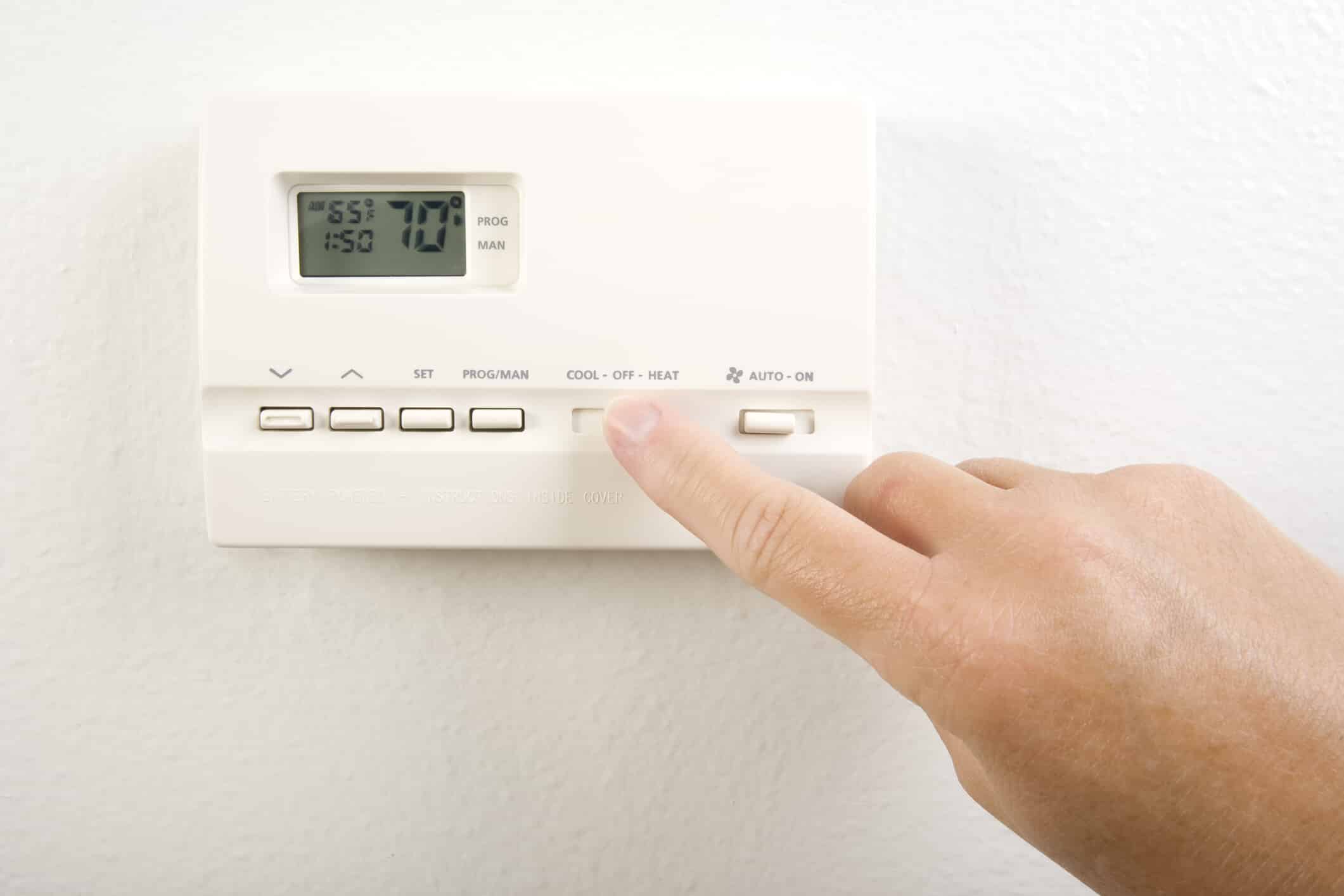


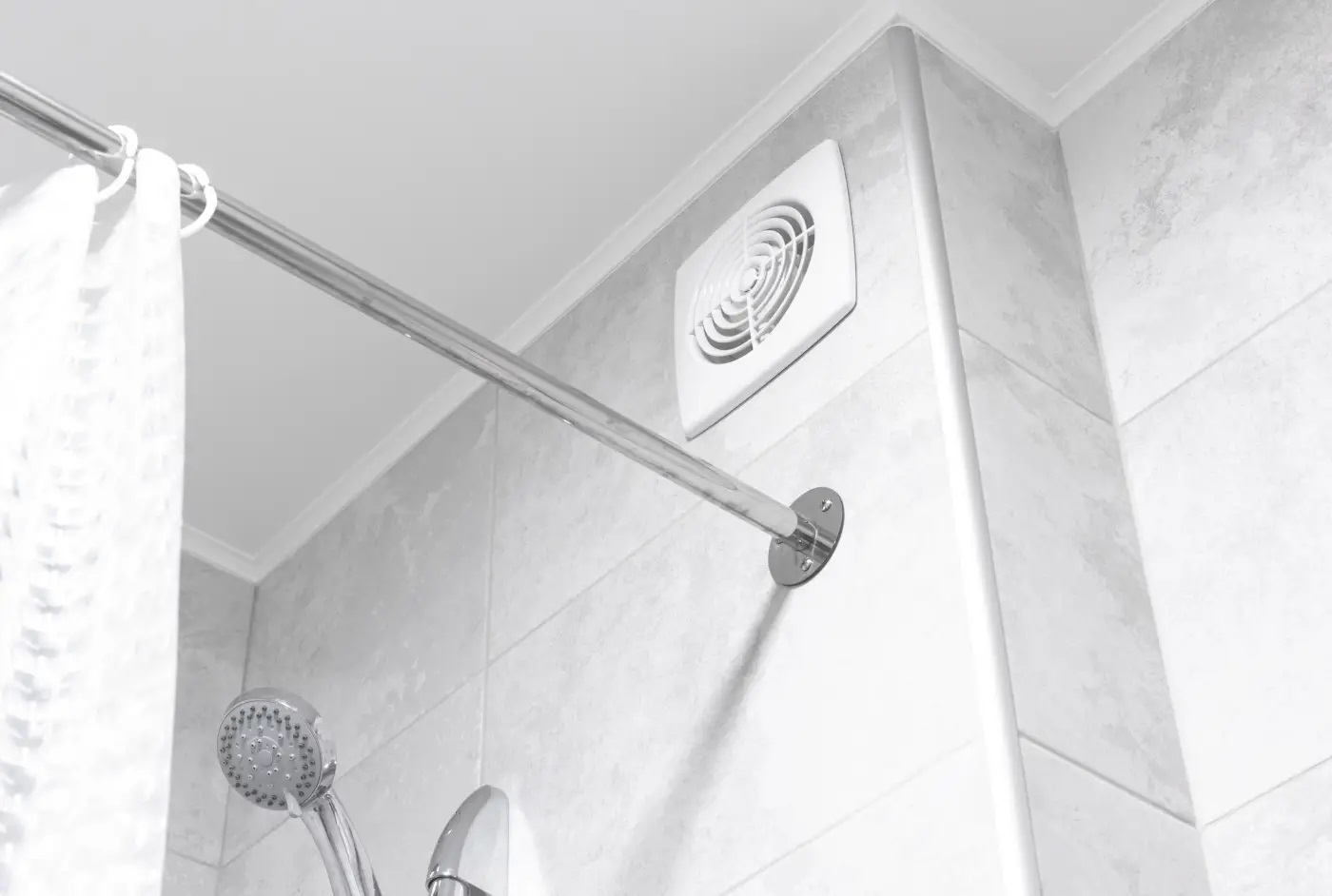
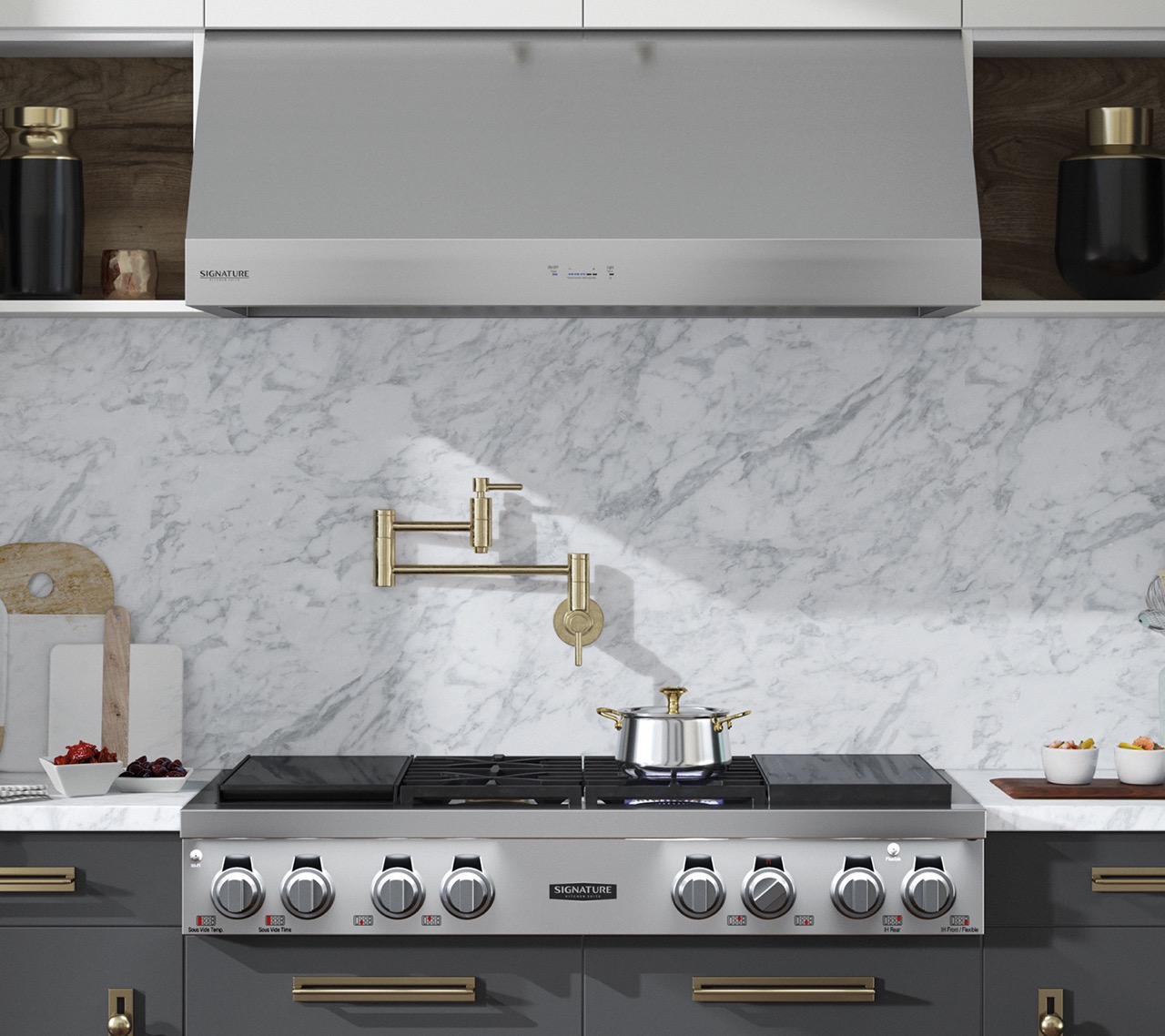

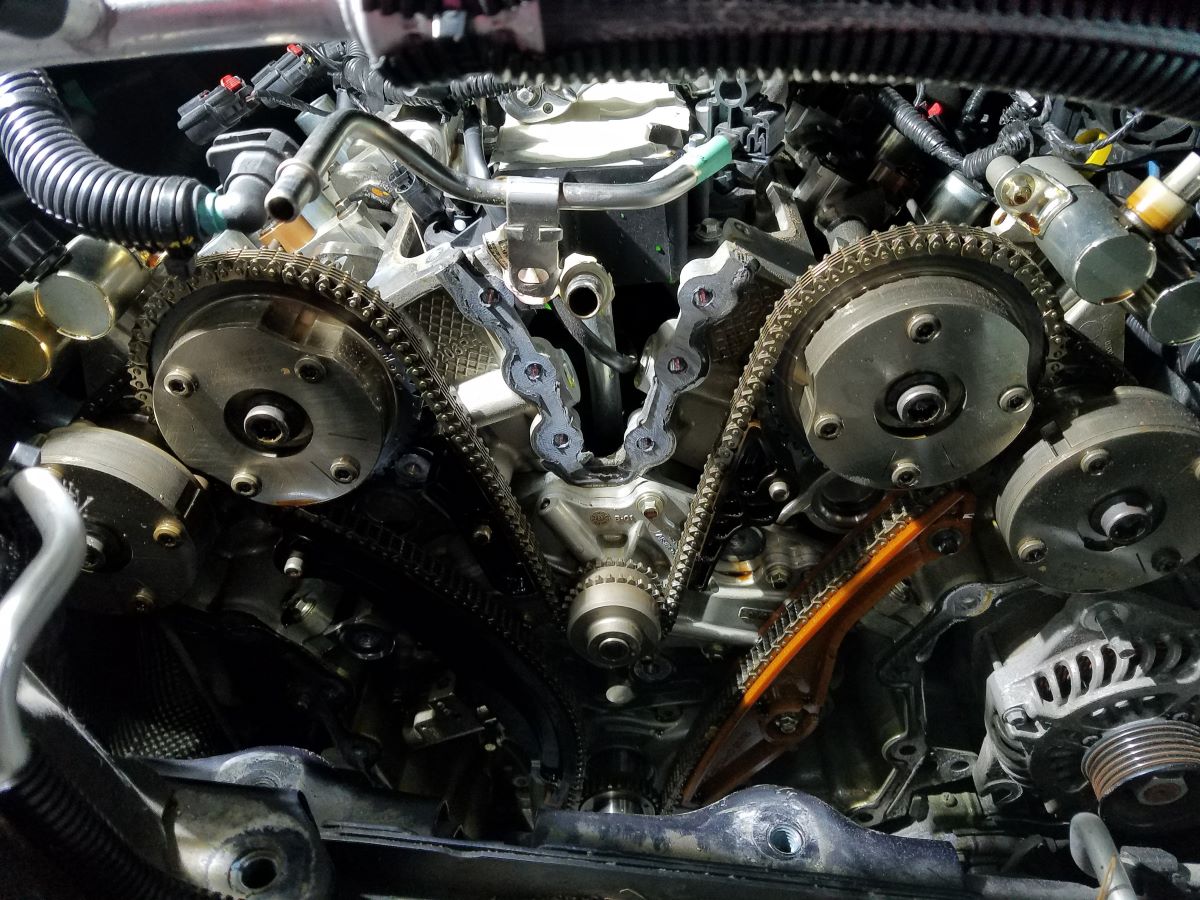

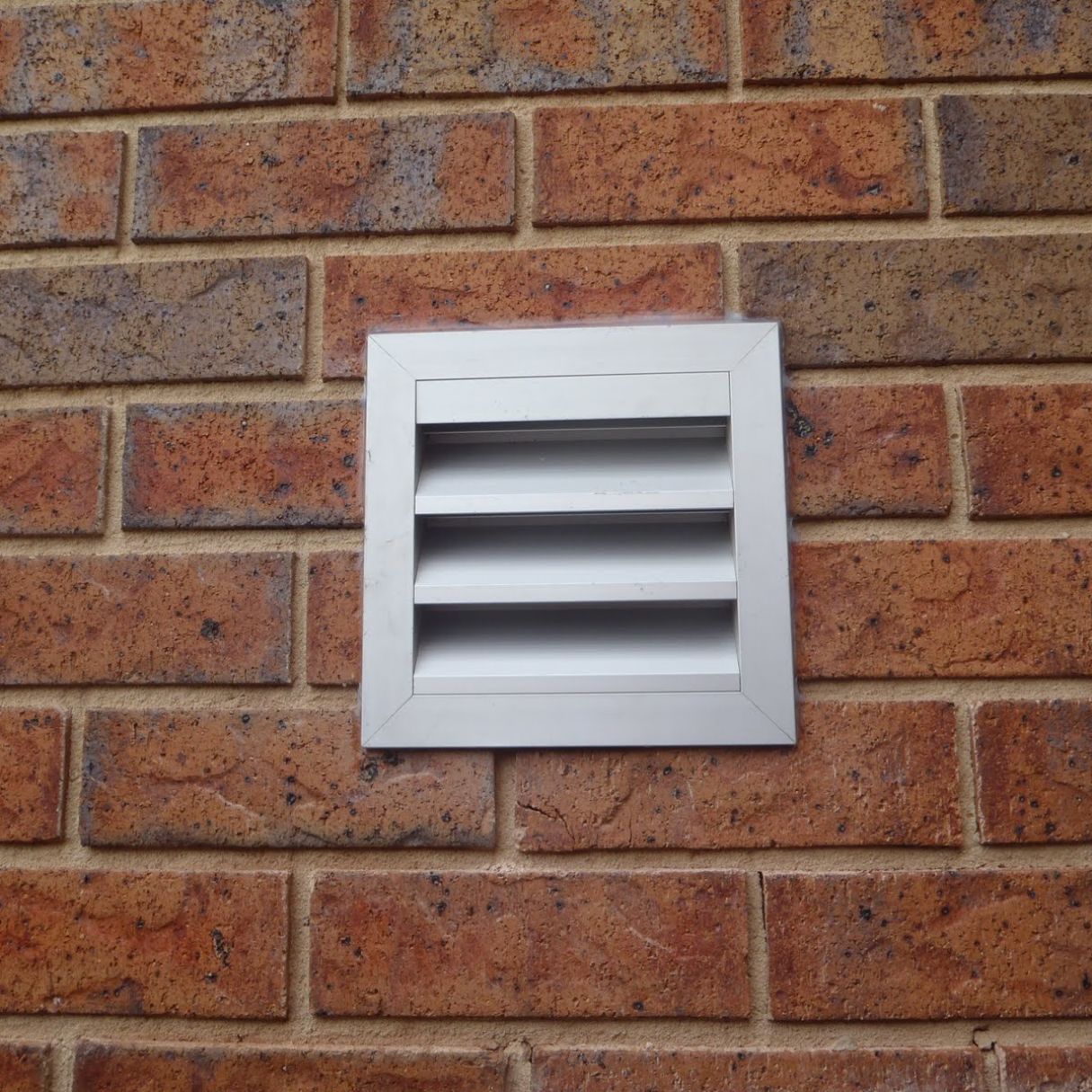
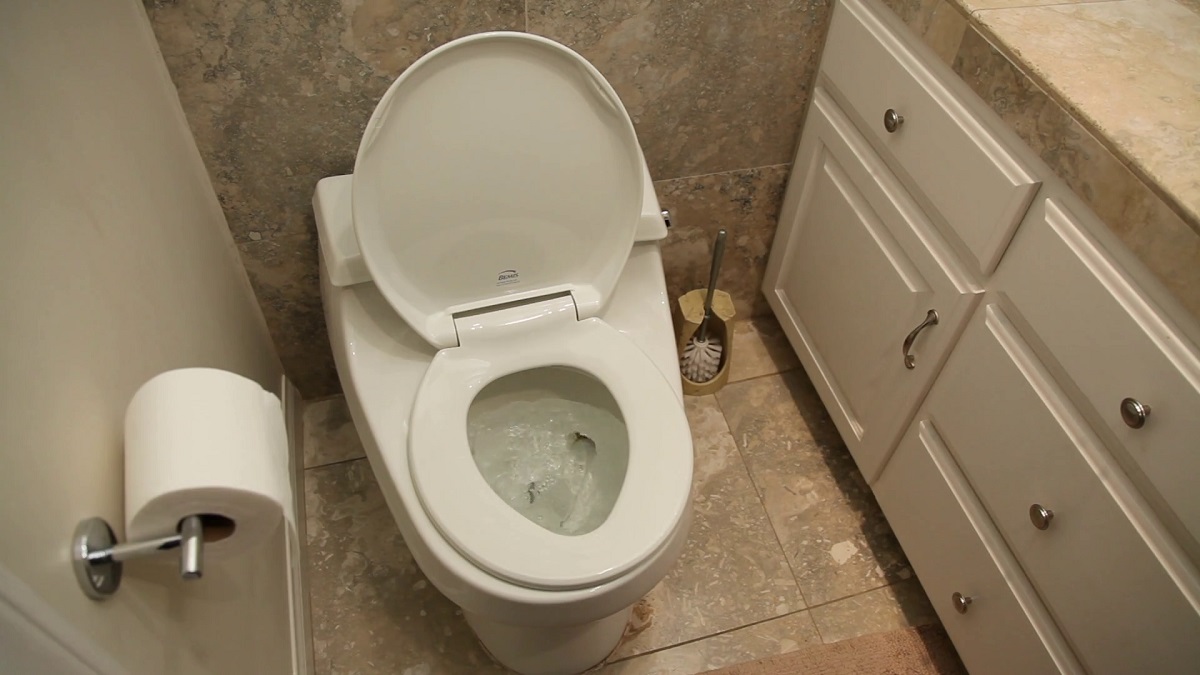
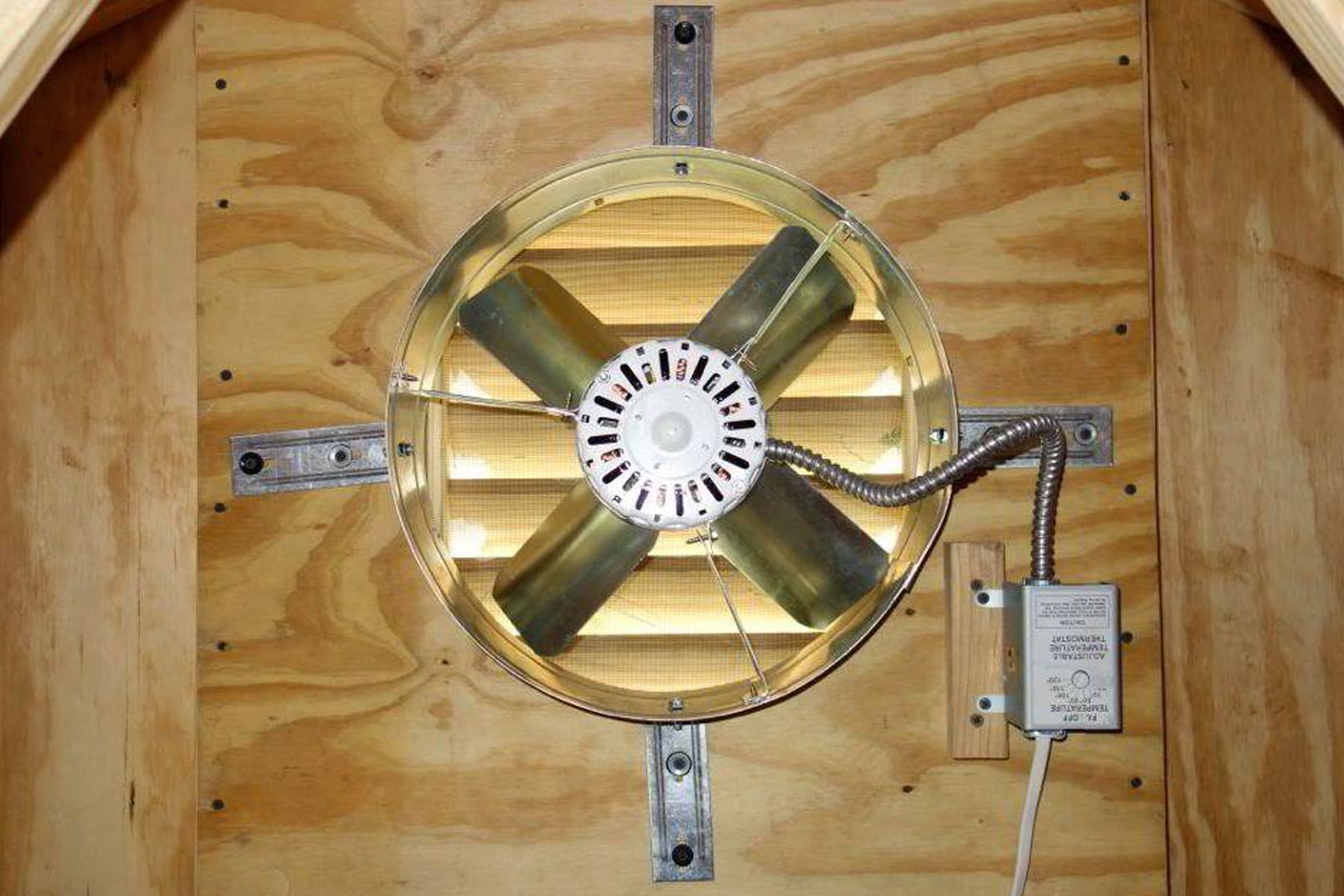
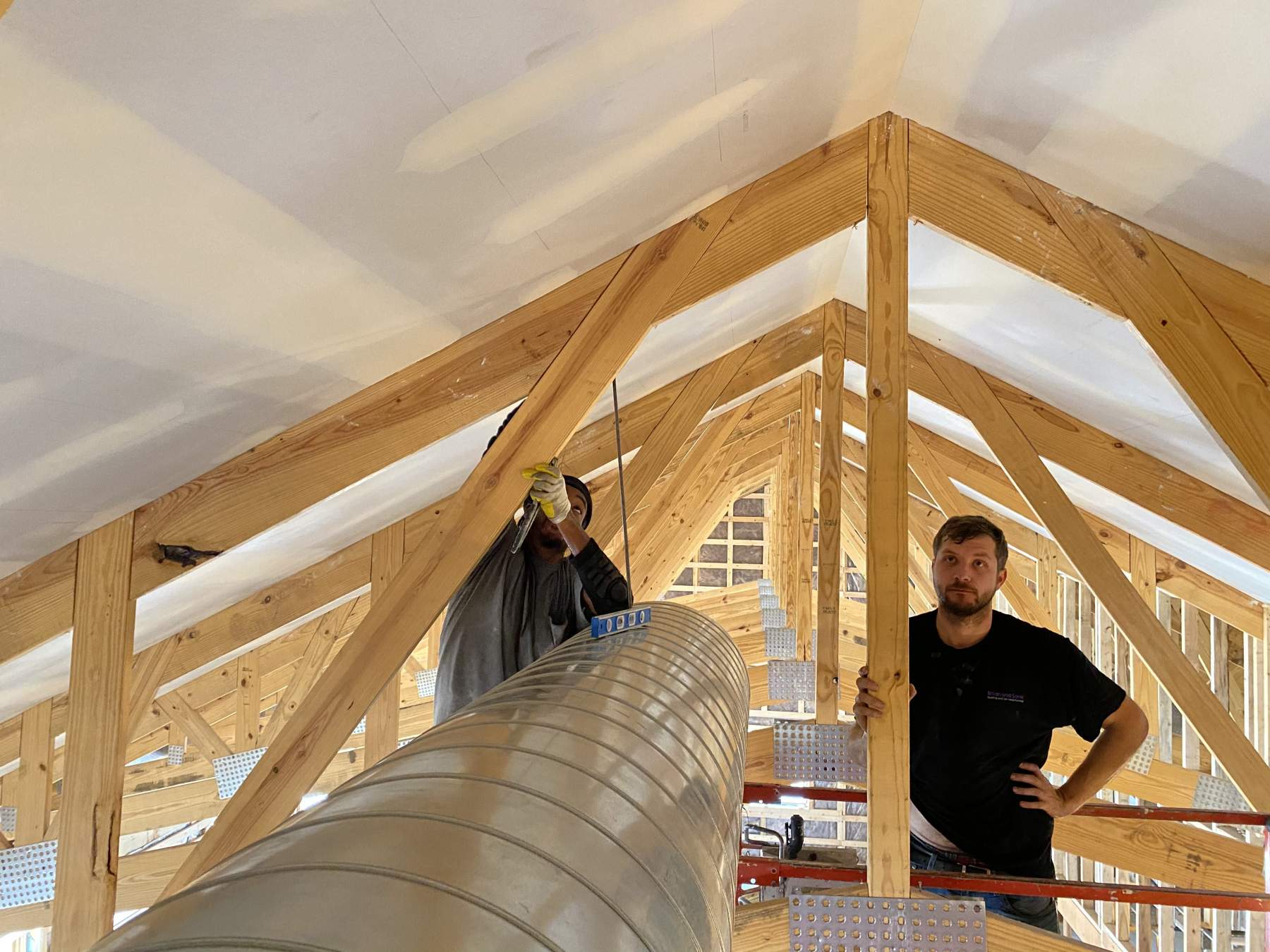
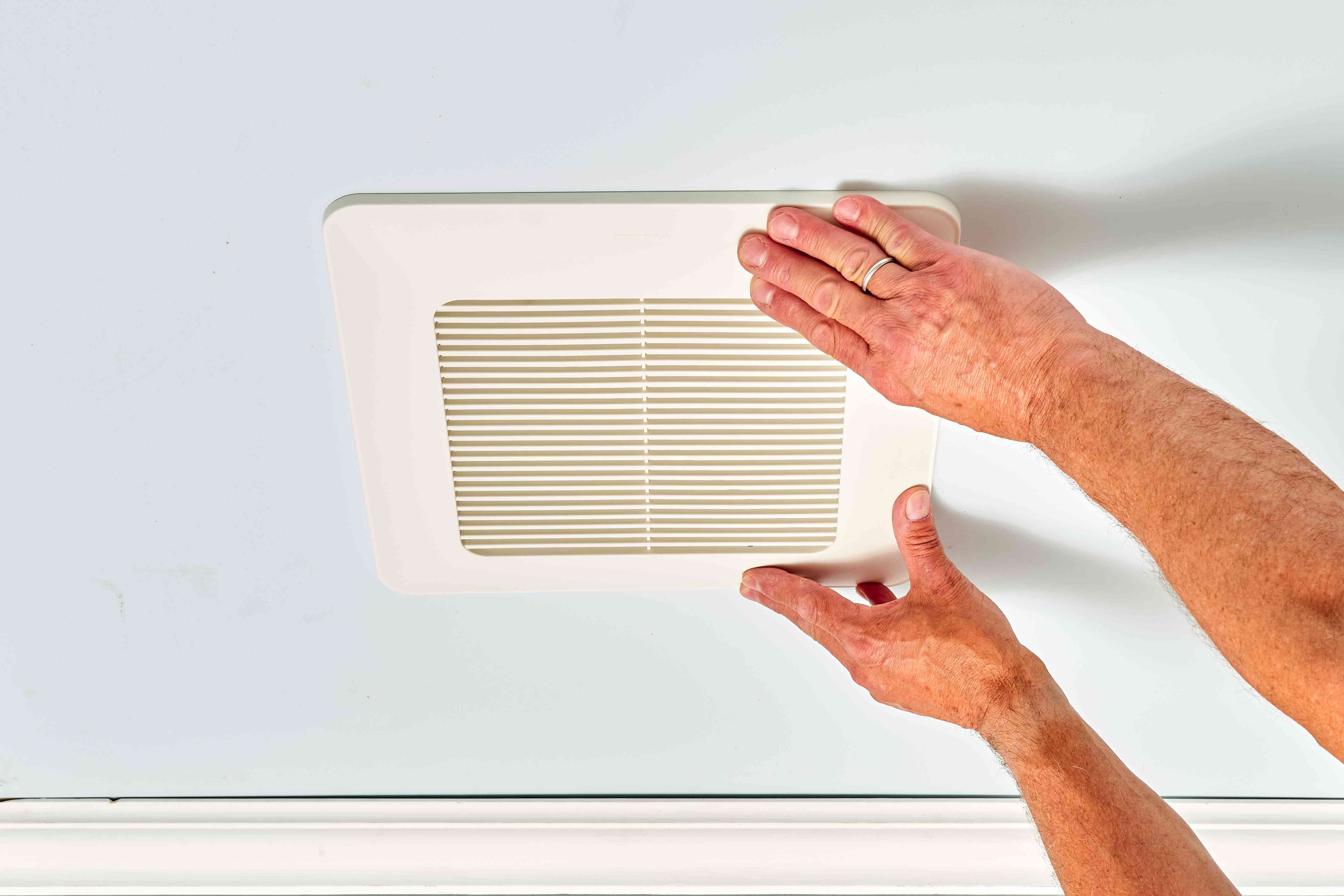

0 thoughts on “How To Repair A Noisy Ford Dashboard When Ventilation System Is Off”